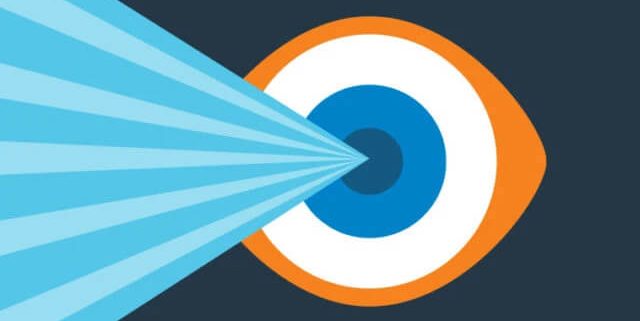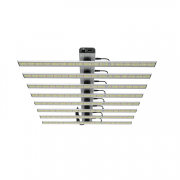Are LED Lights Damage Your Eyes
Are LED Lights Damage Your Eyes?
Saving the environment since 1962, the future is now for LED lights. Energy-efficient and cost-effective: What’s not to love?
Well, according to recent studies: plenty. There’s growing concern that the blue light they emit may be damaging our eyes and health.
It’s raining LED lights
LEDs, or light-emitting diodes, are like Amazon: They’re everywhere. LEDs have fast become the go-to lighting for both businesses and homes. The Department of Energy estimates they will represent nearly half of all lumen-hour sales by 2020 (lumens are a measure of emitted light).
It’s no wonder. From cellphones to TVs to computer screens, LED lights to allow us to see the apples of our eyes — technology.
But here’s where Thomas Edison may be rolling over in his grave: LEDs produce short-wave, high-energy blue light, which has been linked to biological and sleeps disturbances.
It is also associated with blue light hazard — when an intense light source causes damage to the retina. The retina is the part of the eye that changes light into impulses that become the images we see.
Are LED lights bad for you?
Scientists from the U.S. and Europe warn that LED lights could be doing more harm than good:
A 2012 Spanish study found that LED radiation can cause irreversible damage to the retina.
A 2019 report from the French Agency for Food, Environmental and Occupational Health and Safety (ANSES) warned of the “phototoxic effects” of blue light exposure, including an increased risk for age-related macular degeneration. The report also noted that blue light blocking glasses and filters may not protect against these and other harmful effects.
But before you throw out all of your electronic devices (ha, yeah right!), the jury is still out. Thus far, there is no true, strong study to show either way that it is harmful or beneficial. We haven’t had a marker of structural damage to the retina from these lighting technologies. So right now, we can’t recommend that people stop using them.
How does blue light and screen time affect children’s health?
Despite the stalemate, it’s still important for parents to take screen time precautions with their kids. One reason is that children’s eyes don’t filter blue light, as well as adults’ eyes, do.
There’s always a concern about children’s screen exposure, the younger the generation, the more exposure they have to screens and blue light from these LED-backlit devices. They’re getting far more exposure to this than we did in the past.
Some screen time risks include:
Childhood myopia, or nearsightedness: Since 1971, the amount of people affected by nearsightedness in the U.S. has nearly doubled. A recent study confirmed that activities such as screen time, which require kids to see up close, shoulder some of the blame. “LED lighting may add to that since kids use their tablets and cellphones to do a lot of things.”
Digital eye strain: Dry, itchy eyes? Check. Blurry vision and headaches? Double-check. Digital eye strain isn’t so much a condition as it is a set of symptoms caused by looking at a screen for too long.
Poor sleep: No, your kids’ morning grumpiness may not be (just) because they want to torture you. Screen time before bed has been shown to cause less sleepiness and melatonin secretion, altered sleep and wake cycles, and more morning time grogginess.
Screen time recommendations to protect your children’s eyes
recommends following the American Academy of Ophthalmology’s screen time tips, including:
Take frequent breaks: Teach your children to follow the 20-20-20 rule: Look at least 20 feet away every 20 minutes for 20 seconds. A timer is a good way to remember to do this. If it’s an e-book or video game, kids can get in the habit of taking a break after they complete every other chapter or level.
Encourage outdoor play: One recent study showed that simply playing outside more can make kids less likely to develop nearsightedness — or if they do, have a weaker prescription.
Teach good screen habits: Children should hold screens at least 18 to 24 inches from their faces and blink often. And show them how to use good posture to help prevent the muscle tightness and headaches that go hand in hand with digital eye strain.”











Leave a Reply
Want to join the discussion?Feel free to contribute!